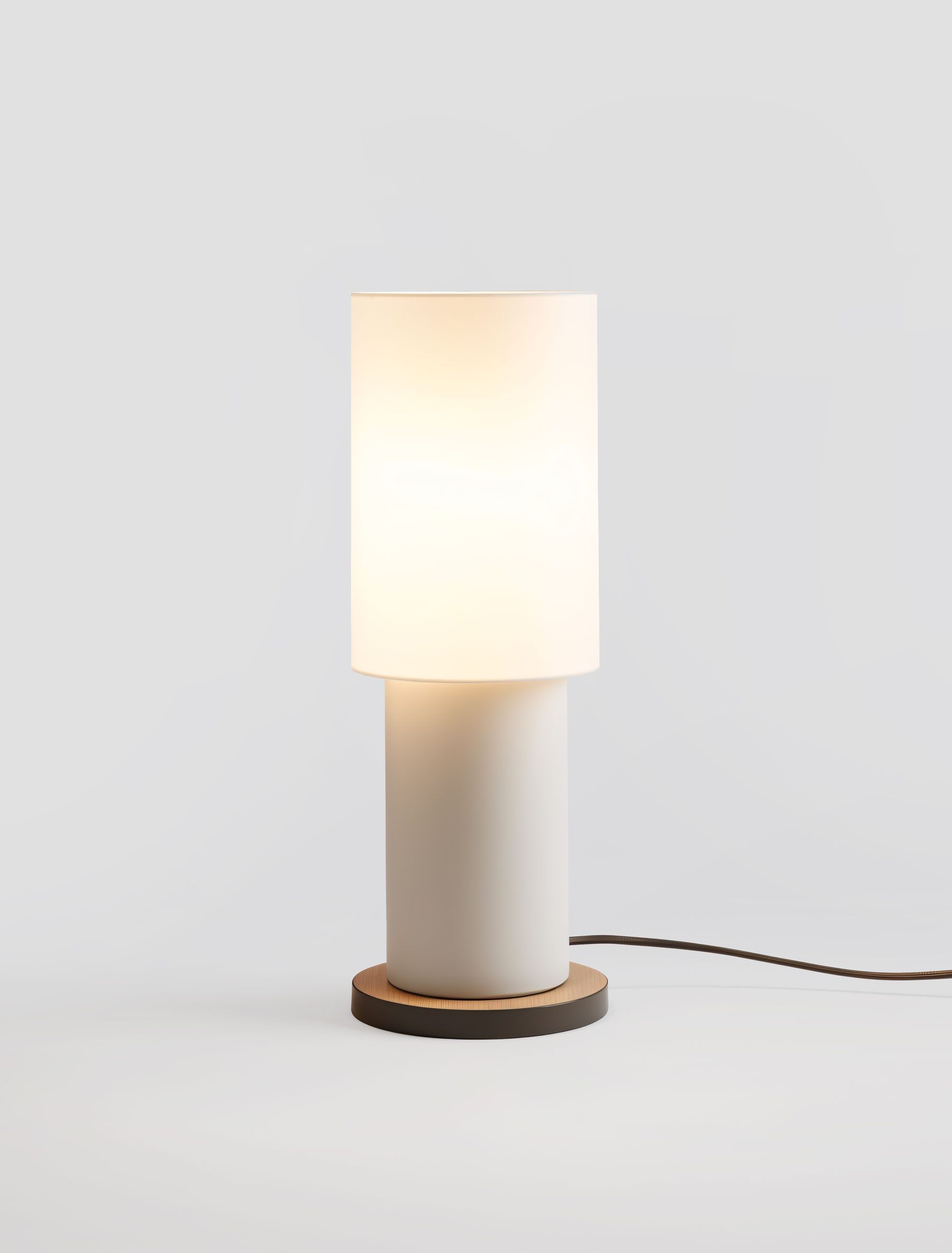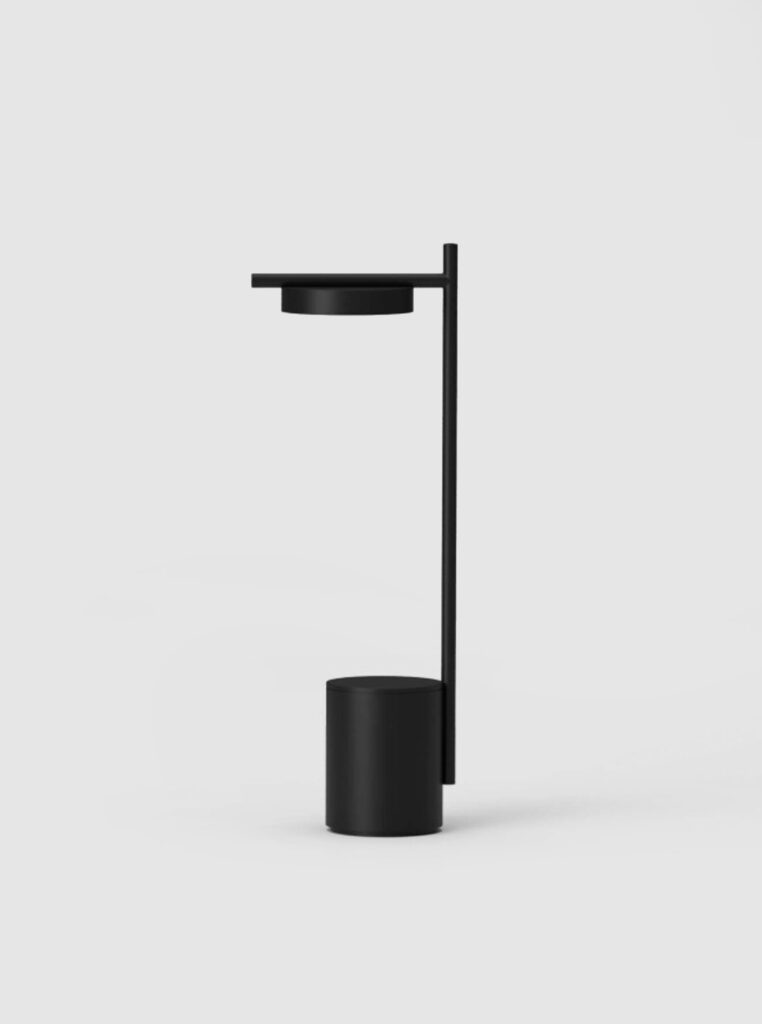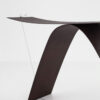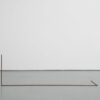In my exploration of what constitutes good design, I frequently stumbled upon the term intuition. “Good design should be intuitive” I read in many books and articles. But what does that actually mean? What makes a design intuitive and what role does aesthetics play in it? In this essay, I want to explore these questions and hopefully shed some light on this topic.
First, we should clarify what is meant by the term. When I talk about intuitive design, I am referring to a design that can be understood and used without explanation. However, this immediately raises the question for me: Can we really say that so generally? Isn’t even intuition something very individual? Just because my iPhone is intuitively usable for me, it’s certainly not for my 85-year-old grandmother. And if I think back, I didn’t know how to use my first iPhone right away either. I first had to “learn” it through trial and error.
The individuality of intuition
This reveals an important aspect of intuition: Although the definition refers to the ability to immediately understand or know what the right decision or solution is in a given situation without conscious thought, it reaches far beyond that. In fact, it is the sum of our experiences and knowledge that we have gathered throughout our lives.1
Accordingly, our intuition is based on learned contexts and patterns that our subconscious has recognized and retrieves within fractions of a second when a specific situation requires it. Thus, intuition can also be understood as a kind of “fast thinking” that builds on existing knowledge and experience. This means I first had to learn or observe how to operate my iPhone. With each design iteration from Apple, the handling became more intuitive for me.
So is there such a thing as intuitive design at all? And could aesthetics perhaps be a universal key to the intuitive usability of design? After all, researchers have found that there is an objective sense of aesthetics in the brain.2


The link between aesthetics and intuition
A study by Anja Naumann and her team might give us an answer. In their publication from 2008, they investigated whether aesthetic qualities are a necessary precondition for the intuitive use of user interfaces.3 In doing so, they incorporate existing research, including that of Helmut Leder and Paul Hekkert and their teams.
Helmut Leder’s research group found that an individual goes through several stages when looking at a new object: First, we perceive the object or design. Then we unconsciously match this with previous experiences and knowledge stored in memory. Next, we consciously categorize the object and then process our emotional or psychological reactions to it. Finally, we form a judgment about the object or design.4
If this reaction is positive due to innate, individual perceptual preferences and familiar patterns (the basis of intuitive use), this leads to a positive aesthetic evaluation.3 Or simply put: If we see something and it is similar to something we already know and like, we tend to like it as well. However, if the design is too complex and novel, our aesthetic evaluation will be negative.
The key function of aesthetics
Consequently, this means that an intuitively usable system can lead to a positive aesthetic evaluation and vice versa. Even though Neumann and her team emphasize in the study that it would be too short-sighted to classify everything familiar as aesthetic.3 According to a study by Paul Hekkert, there should always be a carefully designed balance between familiarity and novelty.5
However, aesthetics plays a crucial role in this context. It is the first contact point that we have with a product – if this is positive, we engage more deeply with the product. We are even more tolerant of minor usability issues.6
Intuitive design is thus a complex interplay of familiarity and novelty, aesthetics and function, and our own individual experiences and preferences. It takes into account how we perceive things, how we understand them, and how we interact with them. It requires a profound understanding of the user and the ability to translate this into a design that is both appealing and easy to use. Aesthetics are key to emotional perception and judgment in this process.
And now I ask the designers among my readers: What role does intuitive usability play in the design process for you?
Further Reading / Resources
- https://positivepsychology.com/intuition/#:~:text=Intuitive%20decision%20making%20is%20based,use%20our%20intuition%20with%20caution.
- https://www.aesence.com/aesthetic-paper-objective-instance-for-aesthetics-found/
- https://www.researchgate.net/publication/221518474_Design_for_intuitive_use_beyond_usability
- https://pubmed.ncbi.nlm.nih.gov/15527534/
- https://www.researchgate.net/publication/10846803_’Most_advanced_yet_acceptable’_Typicality_and_novelty_as_joint_predictors_of_aesthetic_preference_in_industrial_design
- https://www.aesence.com/aesthetics-new-function/ and https://www.nngroup.com/articles/aesthetic-usability-effect/
Interesting Additions:
https://uxdesign.cc/what-is-intuitive-design-991fec5cf51d
About Exploring Aesthetics:
Sarah loves asking questions and exploring the things she engages with on a daily basis. Exploring aesthetics is her column which discusses art, design, and aesthetics to explore, inspire, and question the status quo.


